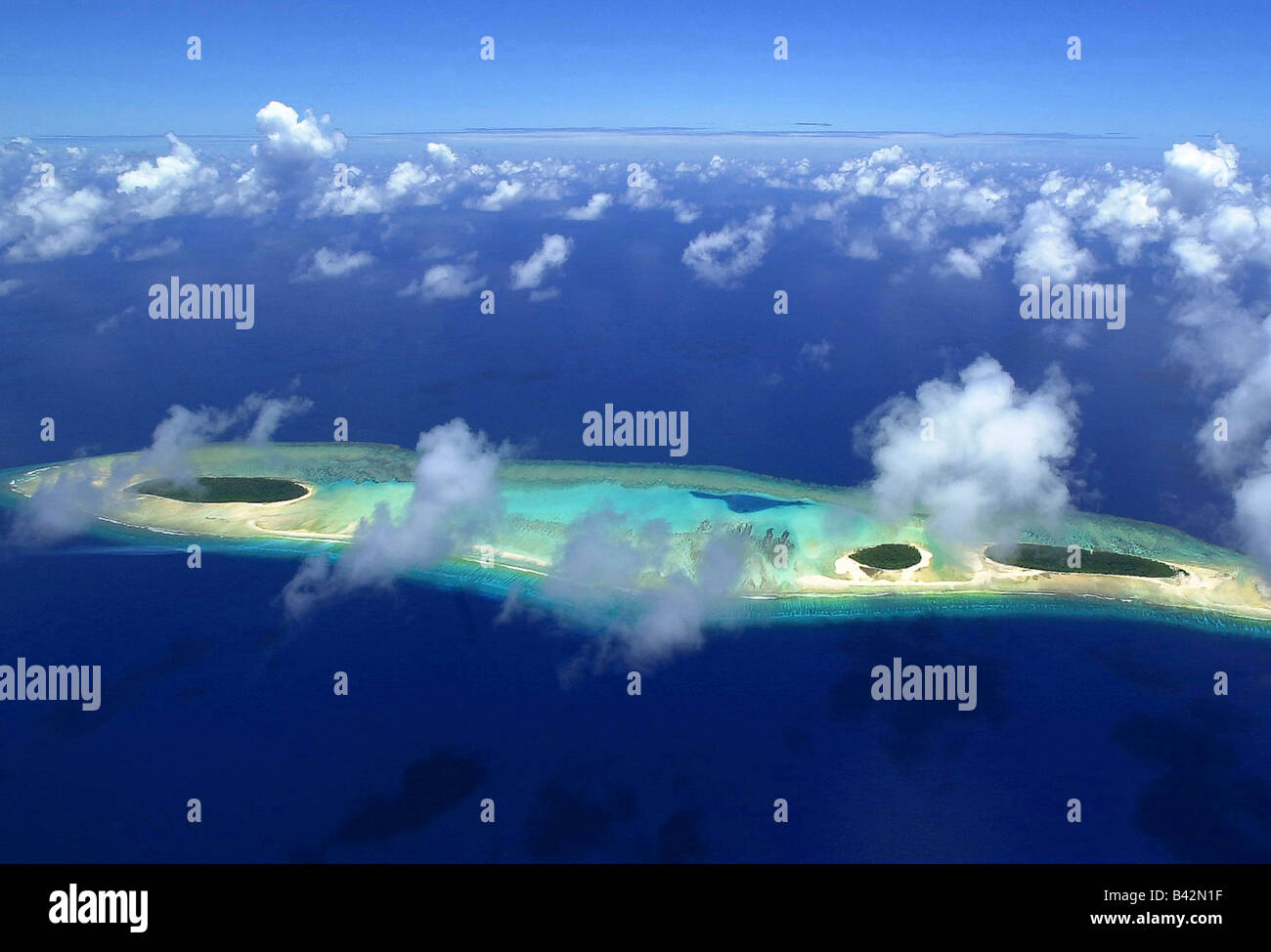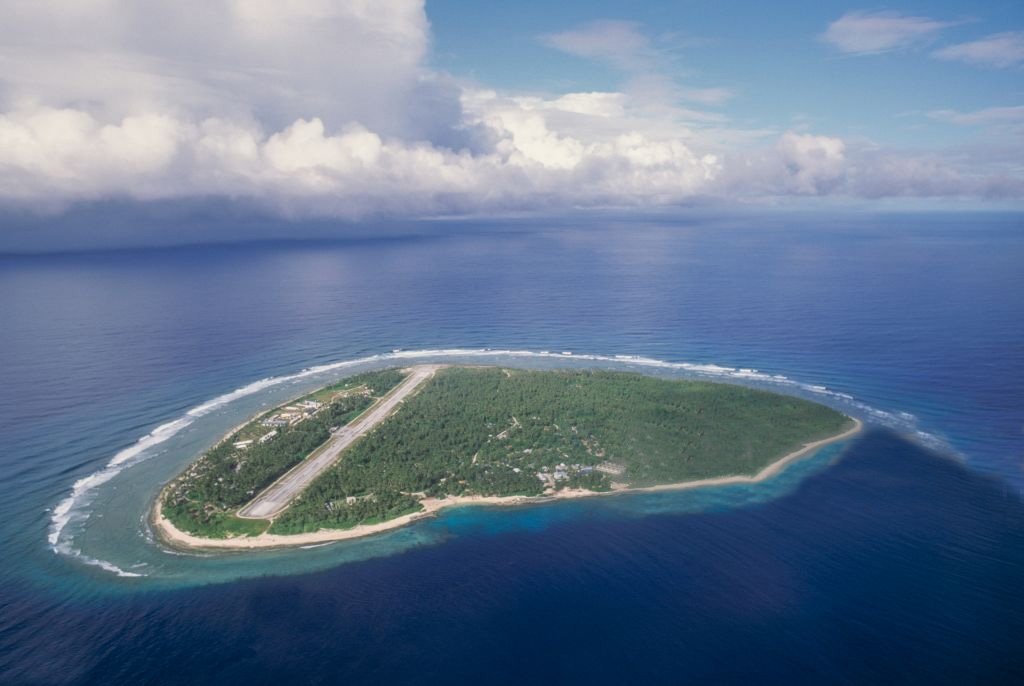
Findings from this work can assist in building local capacity to manage reef resources across an atoll-wide scale, and illustrates the importance of anthropogenic impact even in small communities.

Our findings suggest that small human populations (subsistence fishing) can nevertheless have considerable ecological impacts on reefs due, in part, to changes in fishing practices rather than overfishing per se, as well as larger global trends. Our study demonstrates a strong association between benthic and fish community structure and human use across the Ulithi Atoll (Yap State, Federated States of Micronesia) and confirms a pattern observed by local people that an 'opportunistic' scleractinian coral (Montipora sp.) is associated with more highly impacted reefs. Distance from village, reef exposure to deep water and human population size had the greatest effect in predicting the fish and benthic community structure. Hierarchical clustering analyses by site for benthic composition and fish community resulted in the same 3 major clusters: cluster 1-oceanic (close proximity to deep water) and uninhabited (low human impact) cluster 2-oceanic and inhabited (high human impact) and cluster 3-lagoonal (facing the inside of the lagoon) and inhabited (highest human impact). Our study demonstrates a strong association between benthic and fish community structure and human use across the Ulithi Atoll (Yap State, Federated States. This paper characterizes atoll-scale patterns in shallow coral reef habitat and fish community structure, and correlates these with environmental characteristics and anthropogenic factors, critical to conservation efforts for the reefs and the people who depend on them. To read more about the effects of Typhoon Maysak, please go here.The dynamic relationship between reefs and the people who utilize them at a subsistence level is poorly understood. For more information about these efforts and to find out how you can become involved, please visit One People One Reef. Because of this, the health of Ulithians is intimately tied to their reefs, which provide one of the only sources of protein for Ulithi communities. The loss of traditional fishing methods and management techniques after World War II have lead to degraded reefs with few fish. Ulithi’s remote location makes it difficult to import food, and the islands are too small for much agriculture. Since 2011, communities in Ulithi have been working closely with an international team of scientists to combine science and tradition in an innovative approach to marine management. Sunken boats and equipment still sit on or near the coral reefs. The airfield on Falalop is still in use, and on Mogmog, a rusted pier leads from the beach to the reef flat. Remnants from these occupations are still visible today. When the Japanese left the atoll, the Americans made it the staging area for the US Navy’s western Pacific operations.

They then used Ulithi as a radio and weather station during World War II. The lagoon, 36 X 24 Km (22 X 15 miles) encompasses 548 Km 2, (212 Mi 2 ), and is one of the largest on Earth. In 1914, the Japanese occupied the atoll at the outset of the First World War, and they constructed the airfield on the island of Falalop. Ulithi Atoll is about 180 kilometres east of Yap and the highest-ranking of the outer islands in the complex Yapese caste system. Ulithi Atoll is one of the outer island atolls of Yap state, lying approximately 100 miles east of the main island of Yap. The environment of Ulithi has been altered extensively by both the Japanese and the Americans since World War I. Learn more about the people and culture of Ulithi here. The airstrip is serviced once or twice a week by Pacific Missionary Aviation (PMA). Administered by Yap in the Federated States of Micronesia, Ulithi Atoll consists of 40 small islands, with only four of them being inhabited, and all of the islands surround one of the largest lagoons in the world. Land (AS 39) visited Ulithi Atoll in the Caroline Islands, Dec. Because Falalop, Ulithi is home to an airstrip, it is one of the most modern of Yap’s outer islands. ULITHI, Micronesia - The submarine tender USS Emory S. The communities of Ulithi are very traditional in many ways but are experiencing rapid changes in both the environment and way of life as technology is making communication easier. Only four of the 40 islets in the atoll are inhabited (Falalop, Federai, Asor, and Mogmog).

Home to only about 600 people, it is the fourth largest atoll in the world. The Ulithi Atoll is a group of islands located in outer islands of Yap, Federated States of Micronesia.


 0 kommentar(er)
0 kommentar(er)
